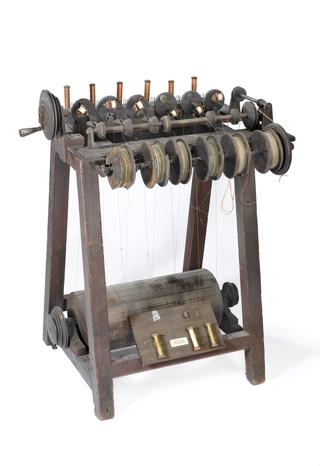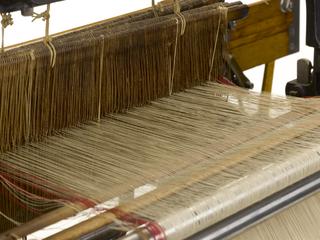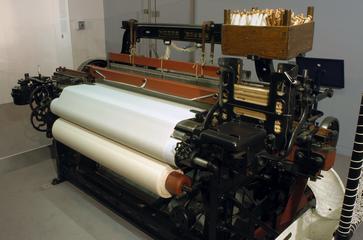

Mondial hosiery repair machine, used to mend ladders in nylon, silk, and rayon stockings, made by Electric-Juwel-Werk Berlin, Germany, sold by Knitbak Service Ltd, London, United Kingdom, 1954, and used by Luigia Stefani, nee Oberti, Swindon, from 1954 to 1988
This Mondial hosiery repair machine belonged to Luigia Stefani, nee Oberti. Luigia grew up in Italy and married an English-Italian man, who was looking for a wife willing to relocate to England. Despite never having been there and not speaking the language, she followed the call and began a new life in Swindon in 1948.
In 1954, Luigia bought the Mondial at Knitbak Services Ltd., a mending shop and according to the company the at the time ‘best known name in Hosiery Repair Trade’. A talented seamstress, Luigia used it to mend nylon stockings like she used to do back home in Italy during the Second World War.
Nylon was invented by the American company DuPont and nylon stockings were sold for the first time in 1940. This was a milestone in the history of textiles, with the new synthetic polymer replacing rayon and silk. While rayon relied on wood pulp, 90% of silk imports came from Japan. This dependency was less than ideal in the years leading up to the Second World War where the animosity between the two countries was at its height. Nylon however required only ‘coal, air and water’, which were all readily available in the US. Nylon stockings were also marketed as cheaper, more durable, quicker drying, and more elastic. Within four days after their release, four million pairs sold out and they soon became a name in most households.
Only two years later, it was discovered that nylon could be used for parachutes and other army equipment needed for the war effort. DuPont ceased the production of stockings until 1946 and they became a rarity. Ways had to be found to mend the ones people already owned or bought on the black market. The latter flourished both in the US and in Europe, where nylon stockings were not officially available at all until after the war. Instead, most stockings were still made of rayon and silk, which were equally affected by war time shortages.
While at first, stockings were mended by hand with thread and needle, Knitbak Services Ltd. brought the first electric hosiery repair machine to the English market. The Mondial was a new hand-held version of the first larger model and consisted of a 2-speed electric motor and a Swiss UNIVERSO needle, the ‘most efficient needle for stocking repairs’. It was advertised as cheaper, more efficient, reliable, and easy to learn and handle. As mending was commonly portrayed as a female activity, the Mondial’s branding was solely directed at women.
Details
- Category:
- Textiles Machinery
- Object Number:
- 2023-98
- Materials:
- plastic (unidentified) and metal (unknown)
- Measurements:
-
box with lid: 132 mm x 53 mm x 50 mm,
- type:
- tool




